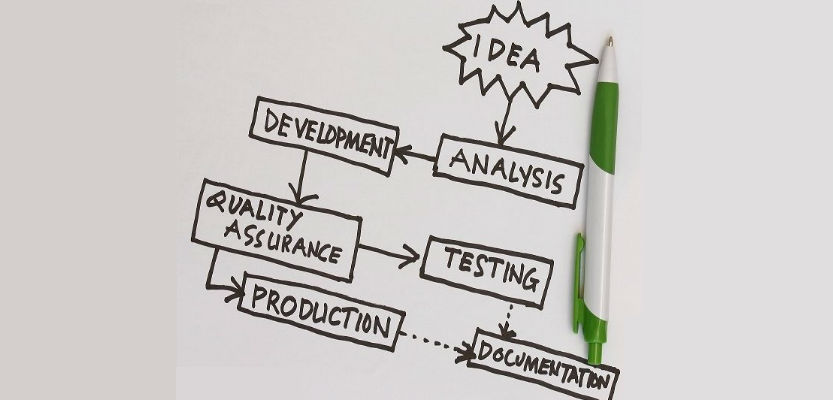
In order to succeed in a project, it is essential for both the customer and the project delivery teams to clearly define and agree on a project’s scope and requirements. In this blog post, we elaborate on the various types of requirements and provide examples highlighting the fundamental differences. Basically, there are three types of requirements conscious, unconscious and undreamt requirements. Although the difference between
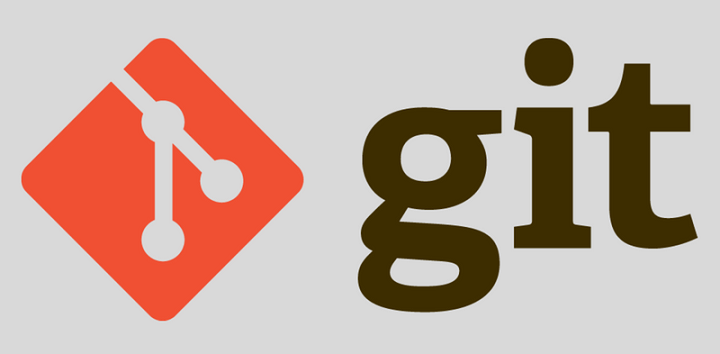
Seeing Git Version Control System as a Simple Key-value Store All of us know Git as a distributed version control system (DVCS). It would be a surprise to many, like it occurred to me, to know that it is a content-addressable filesystem (or simply a key-value store) with a VCS layer. Unlike other popular VCS solutions that store changesets (forward/reverse diffs) across revisions, Git
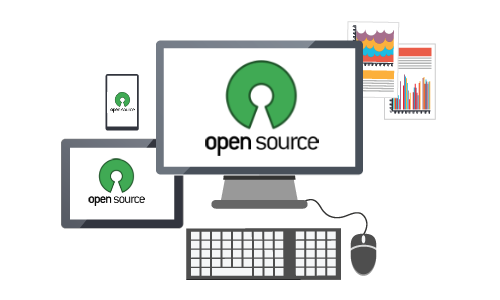
Even if you’re not a computer programmer yourself, understanding the difference between closed and open source code is key to saving your business money. Unless you’re a computer engineer or programmer, you probably don’t pay too much attention to the code that makes a given piece of software do the “magic” it’s supposed to. And that’s as it should be. You’ve got projects to

When the concept of lean principles of manufacturing is discussed, one cannot avoid mentioning about the 7 wastes (“Muda”), which need to be eliminated to enhance overall customer value at a lower cost and over a shorter lead time. While we at Evoke Technologies have been innovating with DevOps software development, testing, and releasing software for our existing clients and prospects, we discovered that
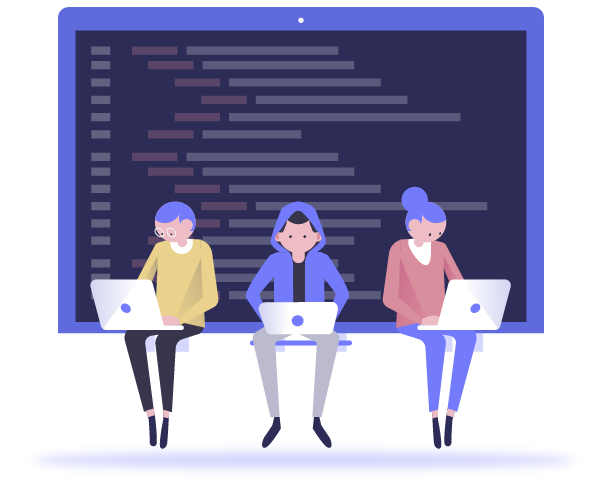
The DevOps approach of developing and delivering software in a continuous manner (also known as continuous software delivery) has taken the IT world by storm. It has become a vital asset for IT leaders and CIOs to prioritize key building blocks that are essential to build a successful DevOps practice. At Evoke, we have been rapidly transforming our development, testing, building and deployment processes
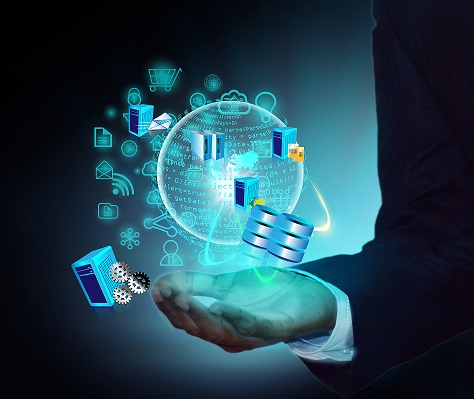
Deciding to move or upgrade an organization’s existing software / system can be a very crucial decision for any CIO. There are inherent risks that are involved in application modernization or application migration, as it is widely known as. When deciding to shift to a new platform or initiate a technology upgrade, the CIO and his team are under intense scrutiny, they need to




